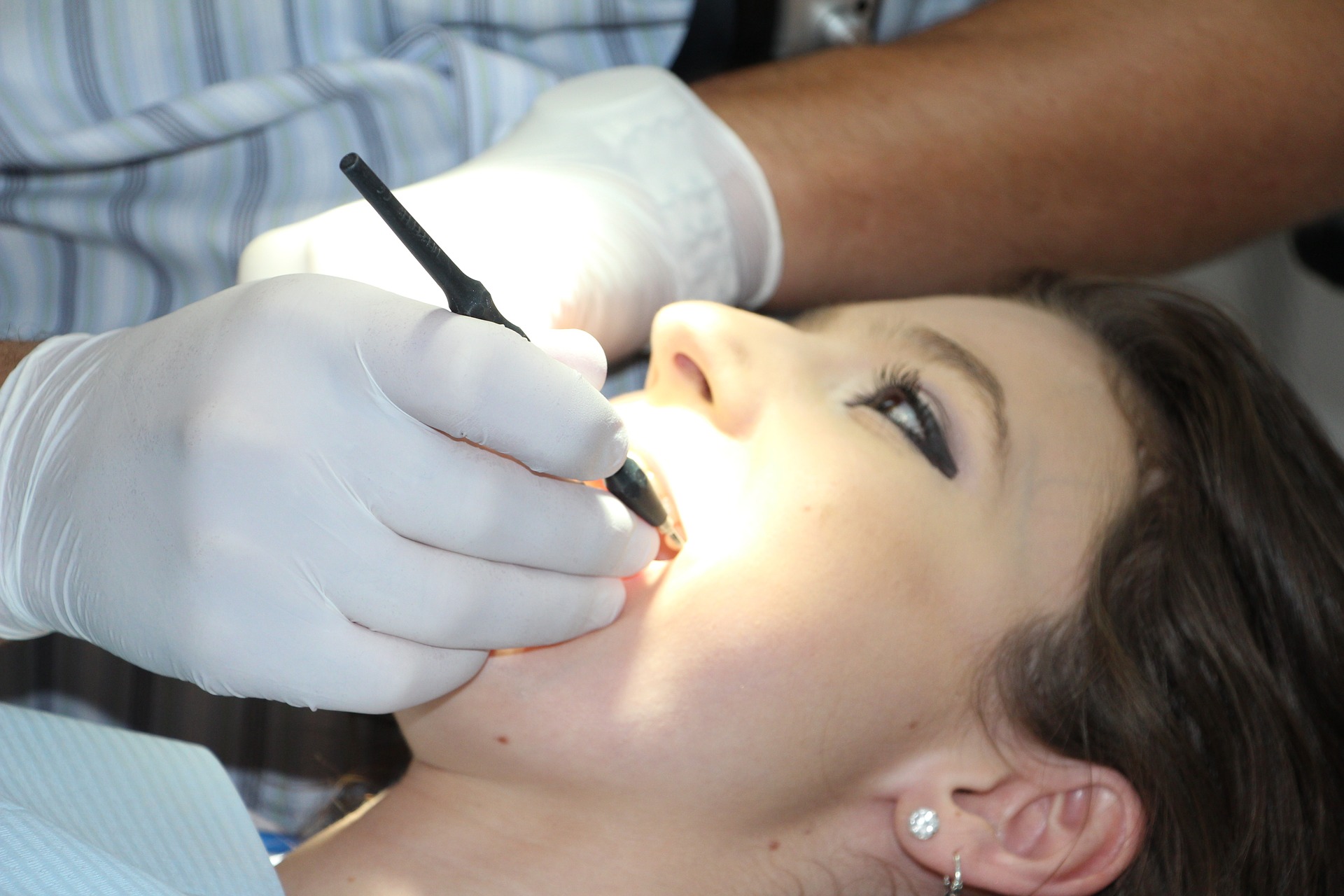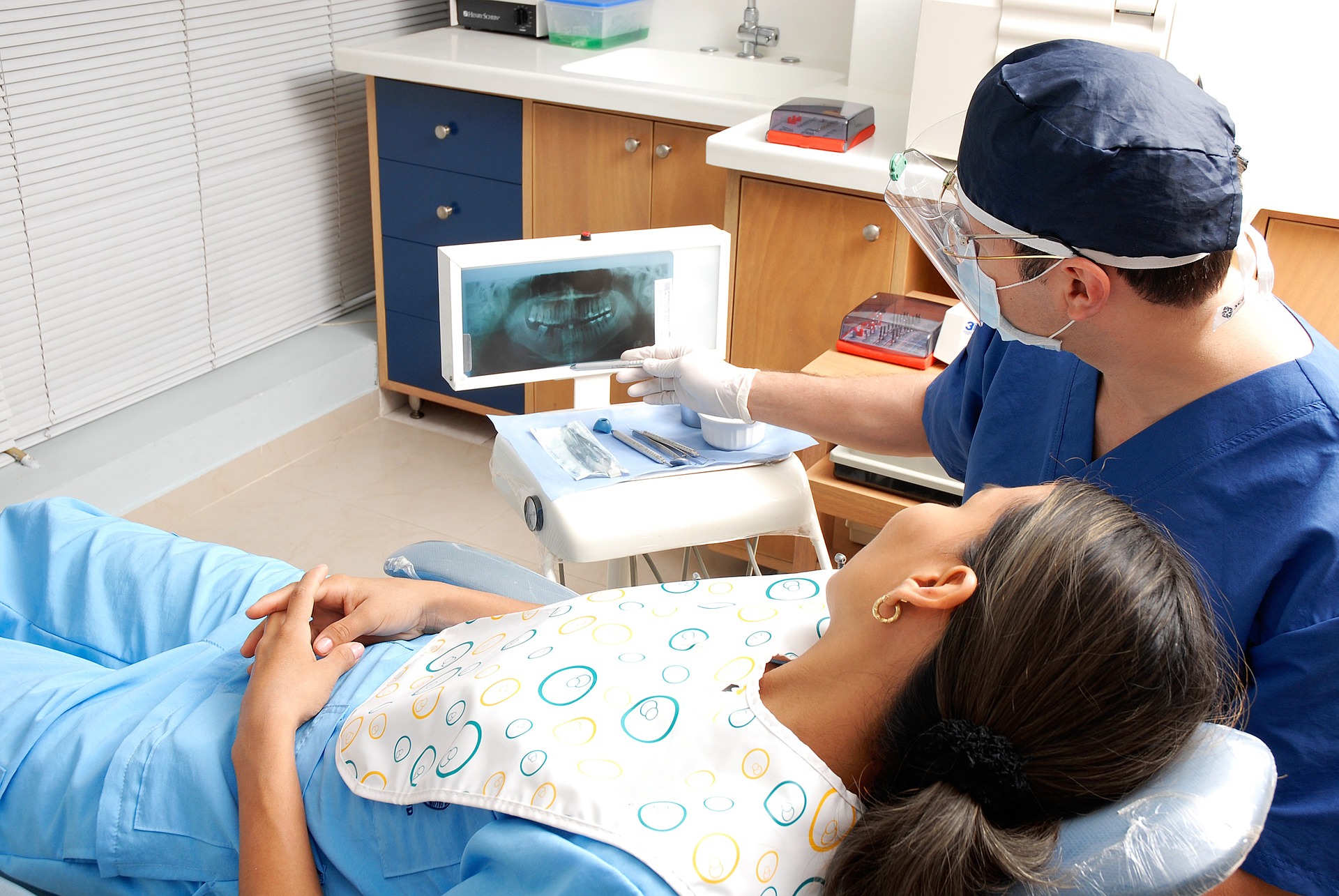Gum Disease? Learn the treatment options from a periodontist in Kingwood, TX
2019.04.11
When we think of oral health, we usually fixate ourselves on our teeth. In reality, several things affect the overall well-being of a person’s oral health. The oral cavity is filled with complexity and is considered to be hugely important for your overall health. That’s why there are different kinds of doctors that work in the mouth area—oral surgeons, orthodontists, periodontist, and dentists. Dr. Holly Gregory, a periodontist in Kingwood, TX shared the facts about gum disease with us.

One often overlooked specialist is the periodontist. Whenever you face any issues related to gum diseases, you will need a periodontist. Here is a detailed insight into what a periodontist is? And the kinds of treatments can you get from them.
What is a Periodontist?
Periodontology is a branch of dentistry that focuses on the supporting structures of the teeth. A periodontist is a professional who specializes in the treatment of diseases related to the gums. They are also professionally trained to take care of oral inflammations and placement of dental implants.
Once a dentist qualifies traditional dental school, he or she must train an additional three years to be known as a certified periodontist. They also undergo extensive cosmetic periodontal procedure and restoration treatments.
What Causes Gum Diseases?
Since we are talking about what a periodontist can do for you, it is vital that we understand some causes of gum diseases to figure out what services they might provide. Since gums are tissues exposed in the open, a small cut can cause infection. These infections—if not treated in time—can cause some serious issues.
The gum diseases are segregated into the following stages:
1. Gingivitis – This is where the infection starts and if not treated can lead to more severe issues.
2. Periodontitis – It is advanced gum disease, and at this stage, the patient needs to seek immediate medical attention as negligence can lead to tooth loss. This type has more aggravated stages referred to as aggressive periodontitis and Necrotizing periodontitis.

Because of the severity of gum diseases, it is crucial that while choosing your dentist, make sure the dentist’s office has a periodontist on board. Now that the types of gum diseases are clearly understood, let us look at possible reasons why gums get infected in the first place.
• Plaque accumulation. • Family history.
• Prescribed medicine. • Hormonal shifts.
• Smoking. • Crooked teeth.
Diseases are also caused due to external factors like cuts and dietary imbalances. Therefore, it is advised that you keep the health of your gums in check.
Treatment Options From a Periodontist
Thanks to the recent advancements in periodontal studies, the treatments offered by periodontists are broadly divided into the two categories of surgical and non-surgical:
• Surgical Treatments – These treatments are used to reduce pockets formed at the gum line, procedures to rework bones and tissues, methods to remove excess gum tissues, and covering exposed bones.
• Non-Surgical Treatments –The non-surgical options treat the patients with antibiotics and in-depth cleaning procedures known as scaling and tooth planning. More advanced clinics now use lasers to take care of these procedures.
Lists of treatments that fall under your periodontist’s domain are:
• Gum Graft surgery. • Dental crown lengthening.
• Laser treatment. • Dental implants.
• Regenerative procedures. • Plastic surgery procedures.
It must be noted that each procedure is unique in its own and a general dental surgeon is not well versed enough to cater all your needs. Therefore, it is essential that the moment you start seeing gum related symptoms such as bleeding, soaring, and pain, immediately see a periodontist.
What to Expect at a Periodontist Appointment?
During your first visit, the periodontist will take a look at your medical history. He or she will then inquire whether you are taking any prescribed medicine. People with heart diseases or diabetes are treated with extra care as the medical procedures need to accommodate their heart rate and blood sugar level. It is also essential to inform the doctor if you are pregnant as the periodontal problems are often associated with a high risk of adverse pregnancy outcomes.
Once the history is understood, the periodontist will then examine your gums and ask for X-rays if required. After this, the procedure formally starts.
More Articles
Copyright © Fooyoh.com All rights reserved.